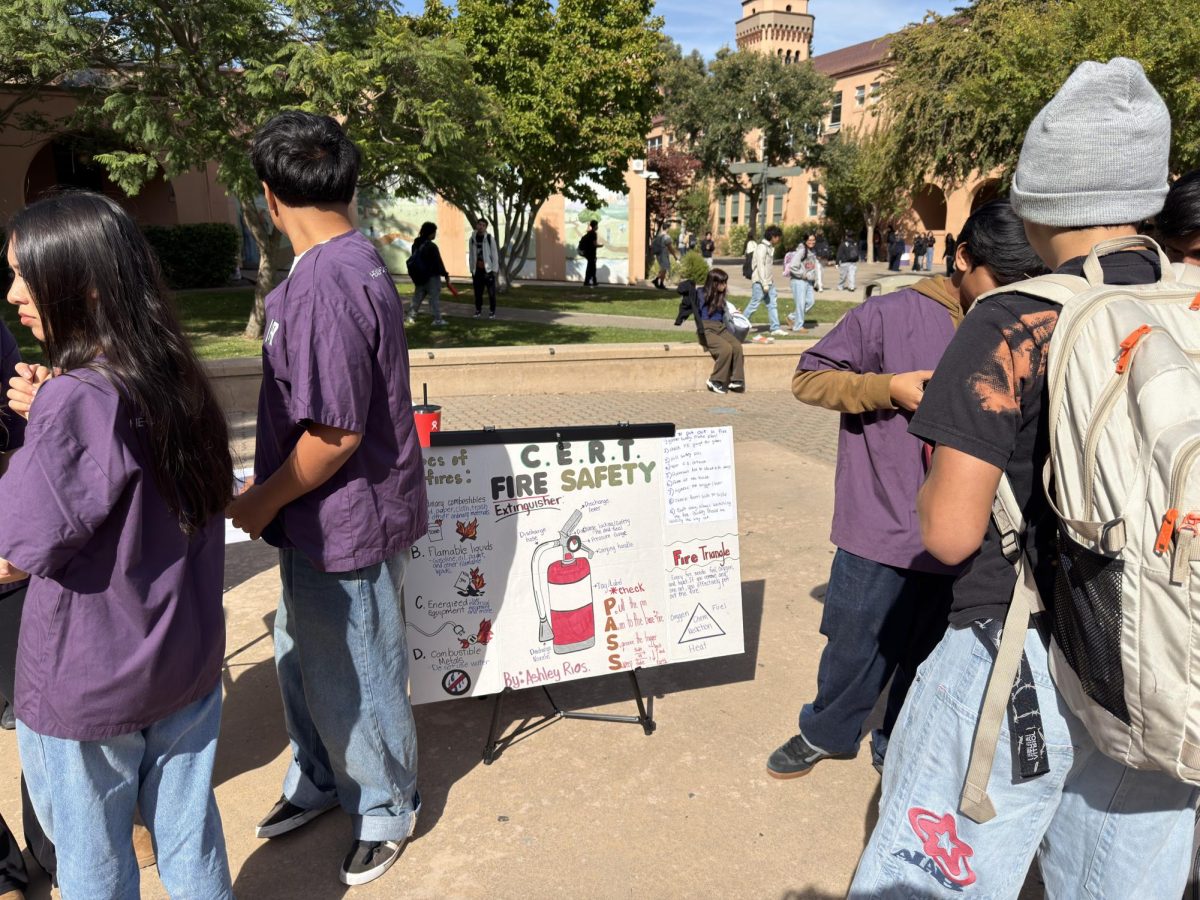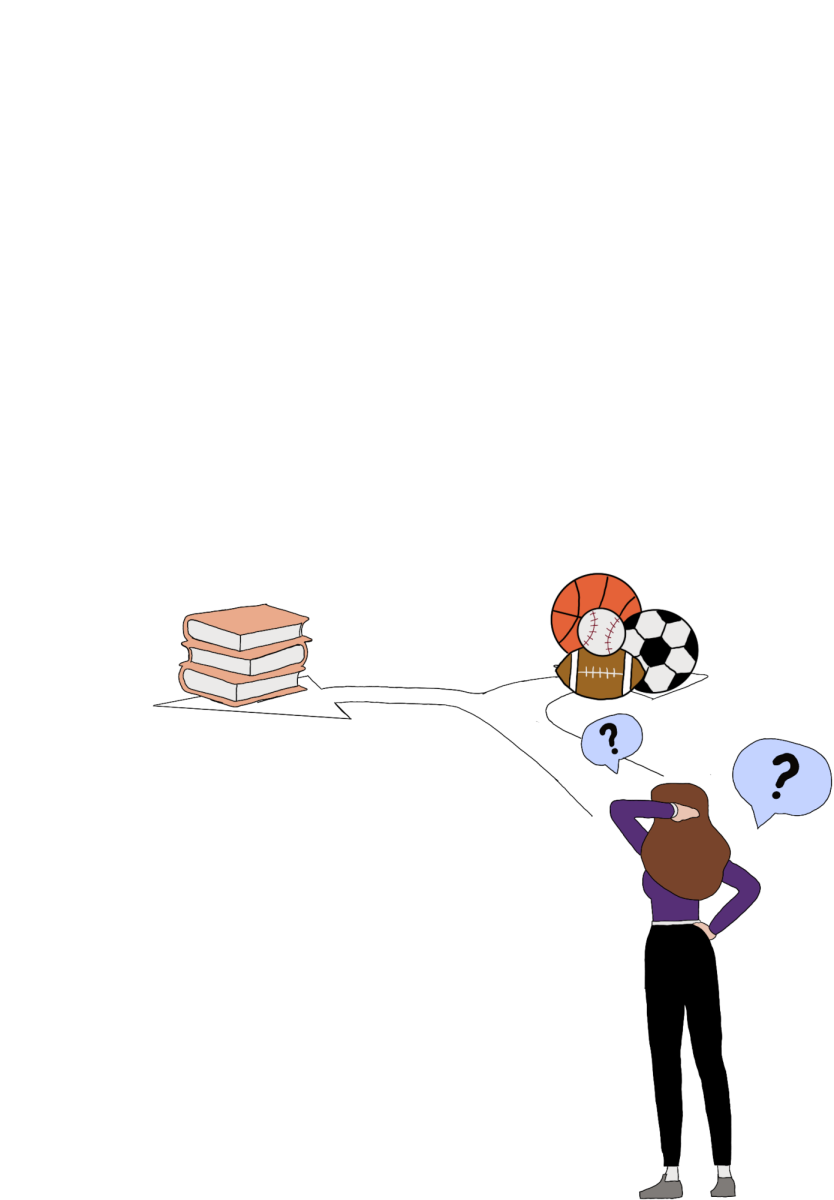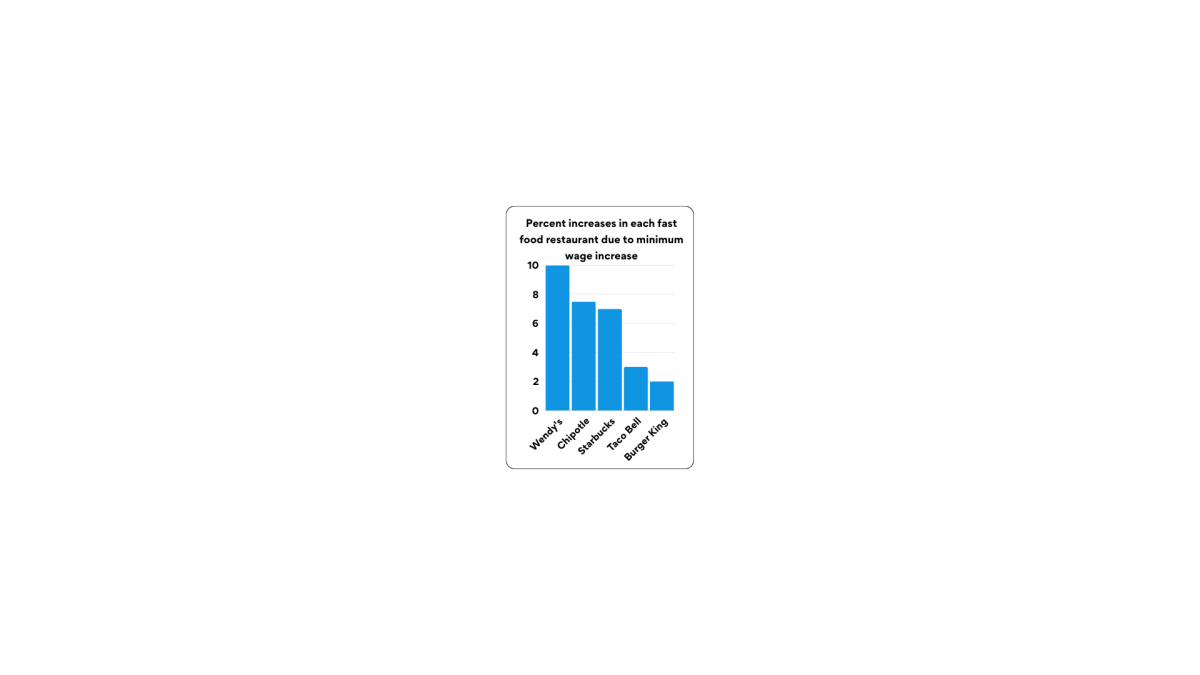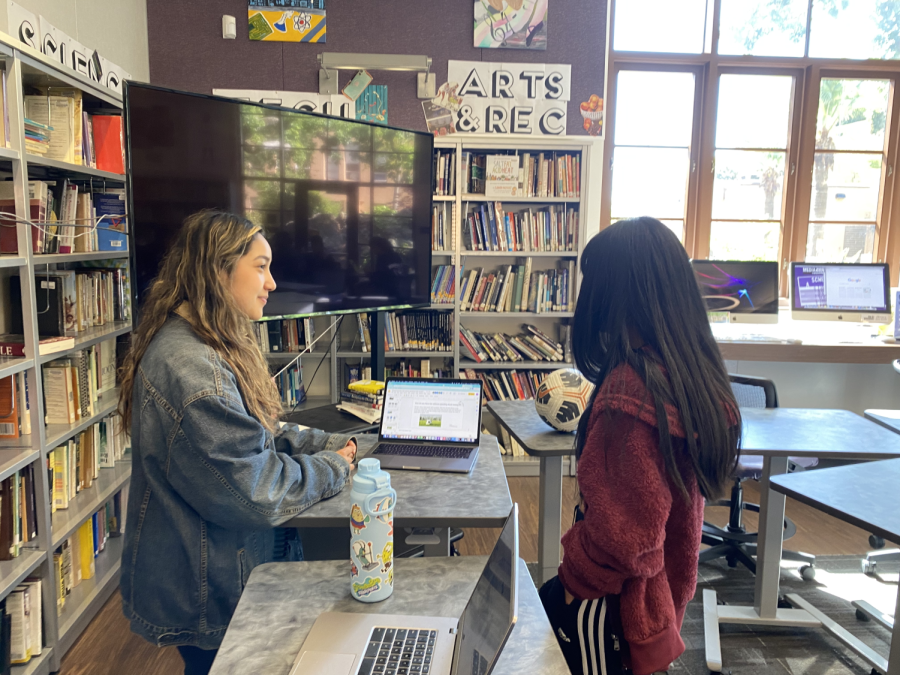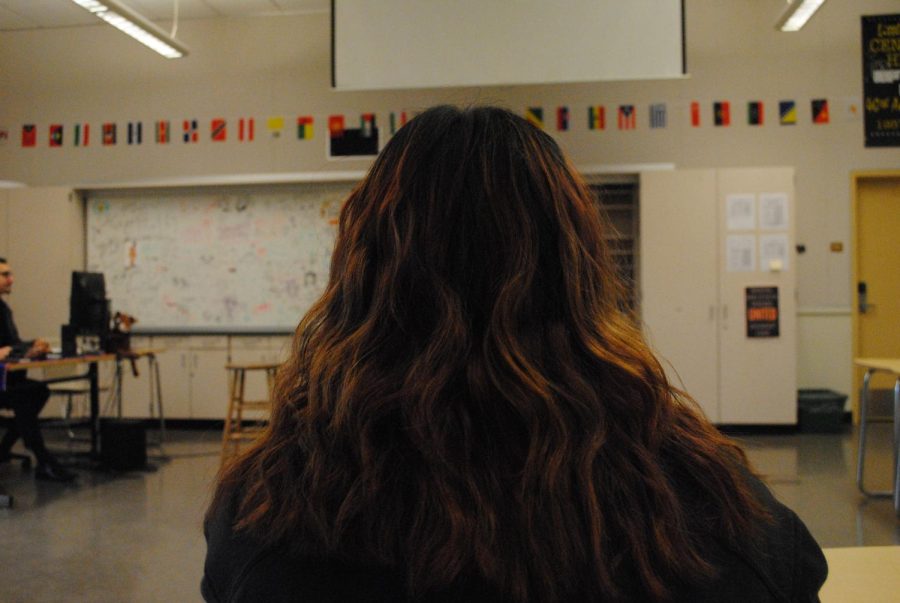The contradictions of being quiet
December 15, 2022
When teachers refer to a student as “quiet” they actually can mean “there is something wrong.”
Although throughout all of our school years, we are taught to be quiet. Silent reading time. “Use your inside voices!” Walking down hallways, teachers telling the kindergarteners to put a “bubble in their mouth.” The infamous, “I’ll wait,” when an educator wants to get a class to stop talking. Since this becomes the expectation of classrooms, why do some teachers condemn introverted students while praising more vocal students?
Yet teachers contradict themselves. By the time parent-teacher conferences are imminent, the term “quiet” becomes a problem. The meaning changes, and morphs into a learning deficit for the student rather than a desirable goal.
Coming from someone who was told I was “too loud,” as a child, it can be harder for me to understand how these dynamics affect introverted students, but working one on one or in group projects gives an insight into the mind of the so called, “quiet kids.”
The contradictions of being taught to be both loud and quiet may confuse some students, especially younger ones. These lessons engraved into our minds don’t allow students to become progressive, instead staying in the same cycle and teaching style they are stuck with.
Adding to the confusing spew of messages school makes about volume, there’s the unpredictability of educators. The ill prepared pop quiz sprung on you, popcorn reading, or when they call on you and you know no one knows the answer but everyone’s looking at you. There’s a certain level of anxiety nearly everyone has faced when walking into school.
If school couldn’t get more uncertain, they put you next to someone you’ve never met and make you do icebreaker questions; but when you finish you both are just sitting there in silence. Low and behold, meet the seating chart, somewhat the most anxiety inducing part about school.
“I feel really shy or embarrassed, sometimes I find it okay if [my seat partners] are extroverts and like talking and making friends with people. There’s other times where I actually don’t interact with my seat partner because it’s so awkward between the both of us,” sophomore Val Nava said.
On the flip side, some teachers understand the awkwardness that comes with being thrown into a forced partnership.
“I have done seating charts before in the past and with that, I think teachers like to choose seating charts because then they know how students are going to pair up in groups. So I have done that before and it feels a little too much like a social experiment for me,” DAA government teacher and World History ICAP Jesse Bustos said.
With these in mind, introverted students can be told they have “communication issues.” I’ve heard educators tell students they need to speak up, further putting them on the spot.
From a louder perspective, it seems as if there is a blatant favoritism toward kids who participate more. The message taught in schools is that being quiet is good, until it becomes a problem for the teachers.
Dear Teachers,
Please pick loud or quiet. It’s confusing.
Sincerely, the students


